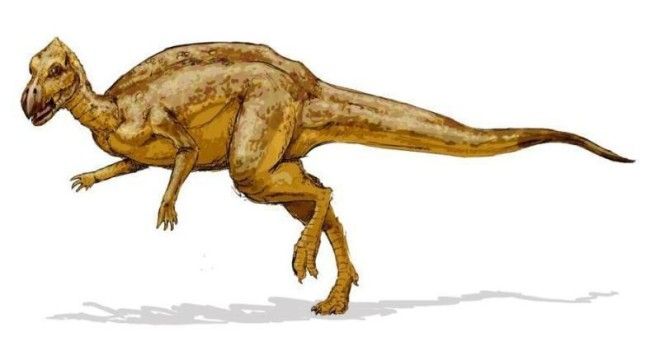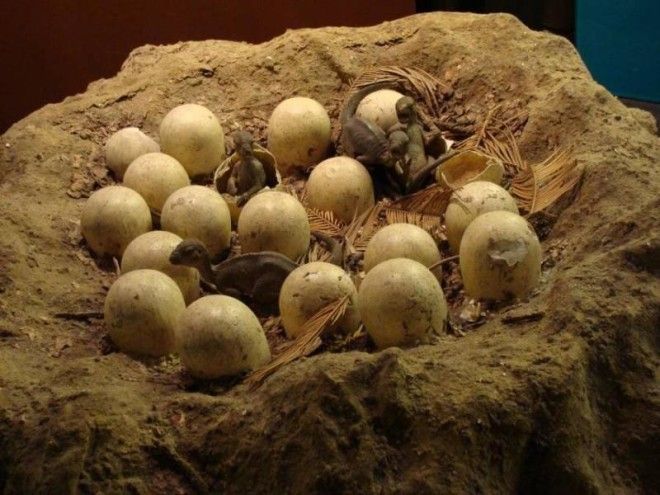And though we have just these remains — meaning that so much about these towering creatures “remains” a mystery — scientists have been able to uncover a staggering number of truly fascinating dinosaur facts:
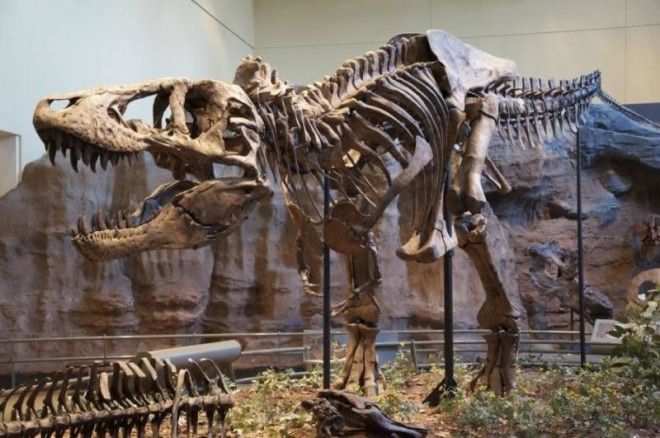
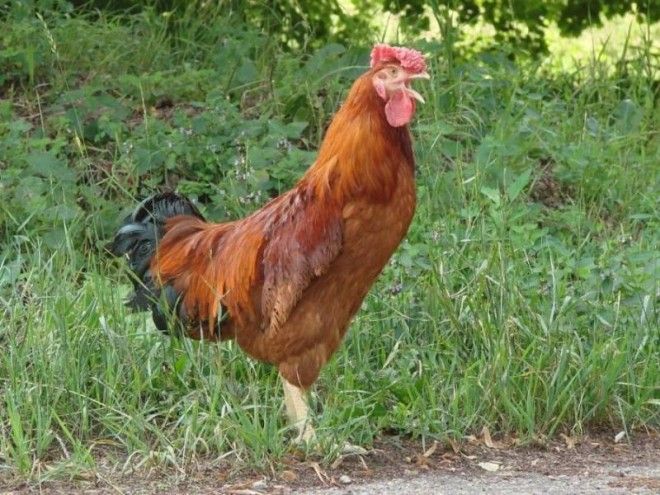
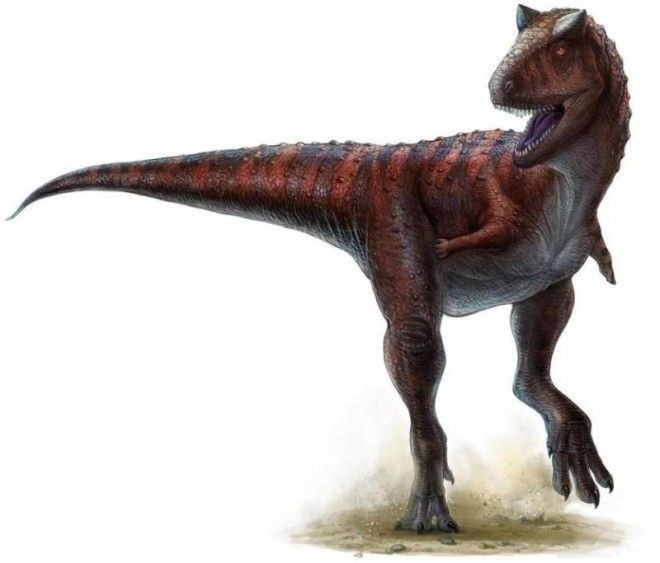
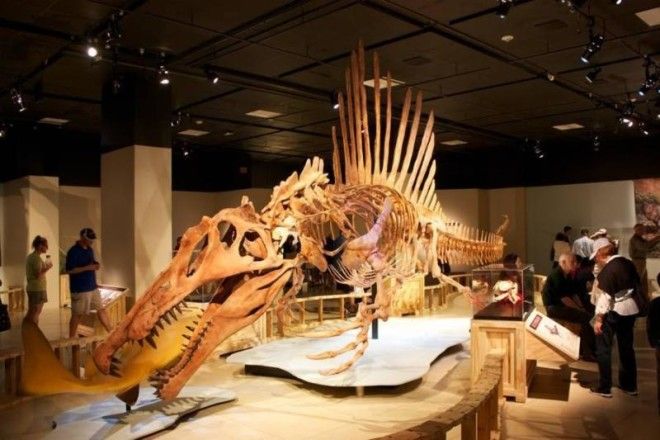
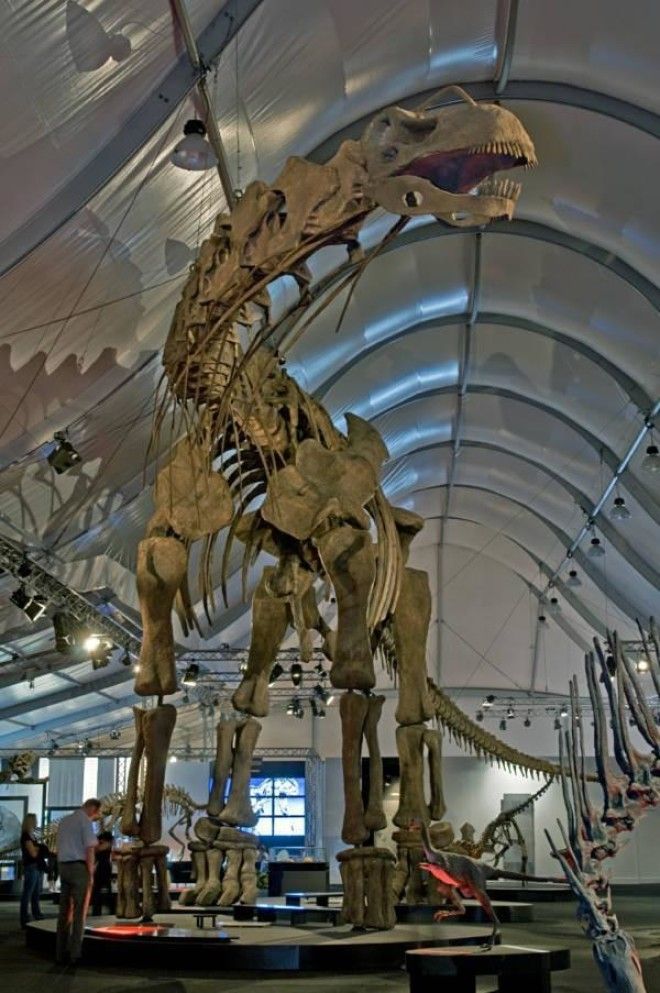
On the other hand, the largest known herbivorous dinosaur, and the largest dinosaur overall, is the Argentinosaurus, which could grow to be 115 feet in length and weigh 100 tons (which is more than over a dozen elephants).

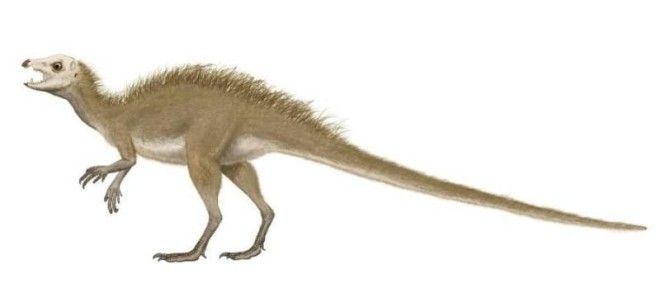
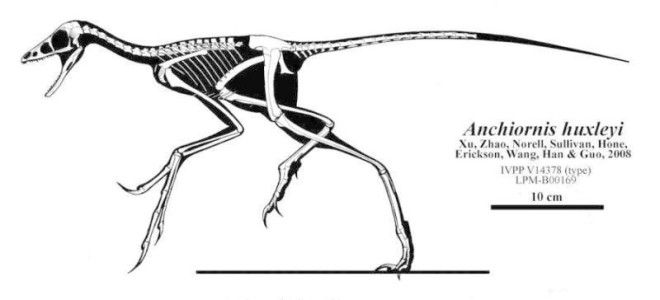

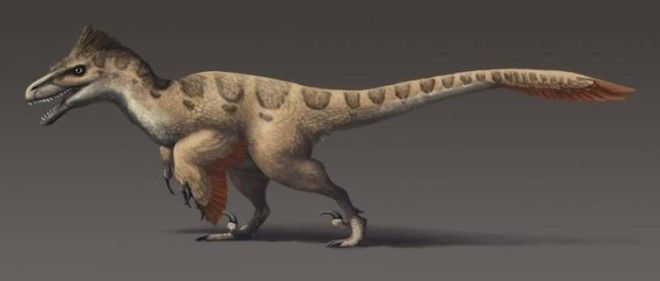
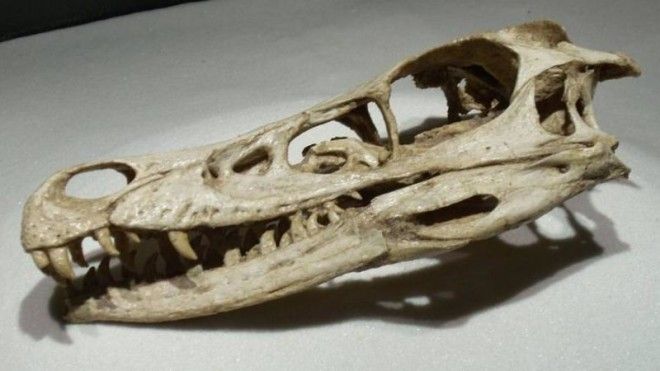
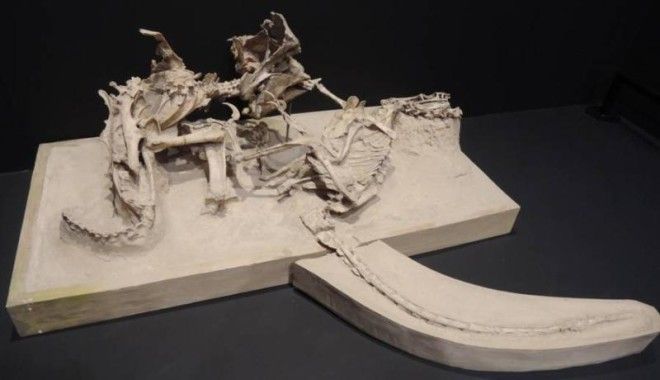
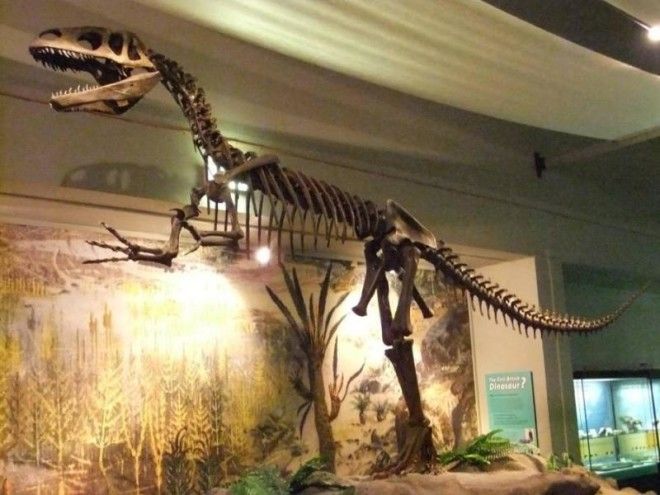
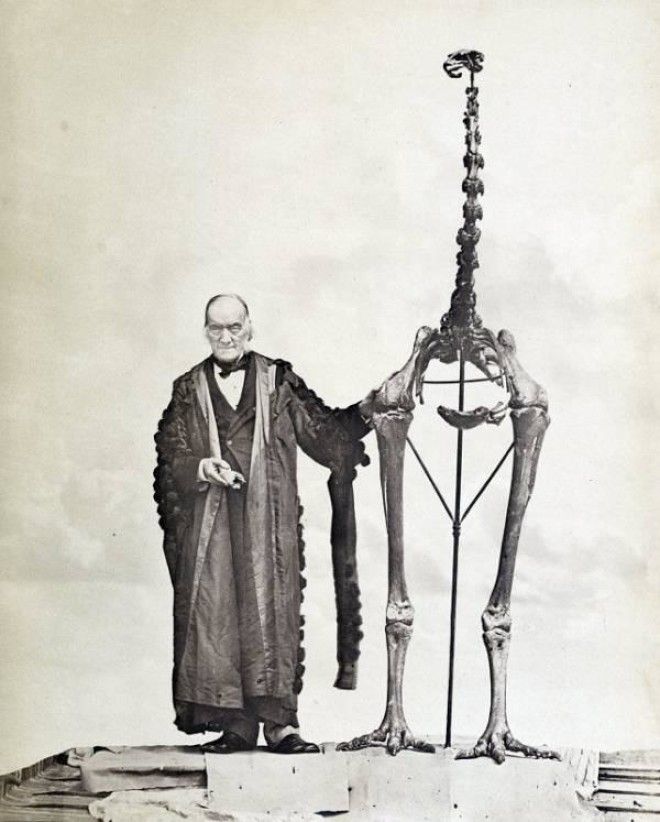
The term “dinosaur” wasn't coined until 1842, by English paleontologist Sir Richard Owen; "dinosaur" translates to “terrible reptile.”
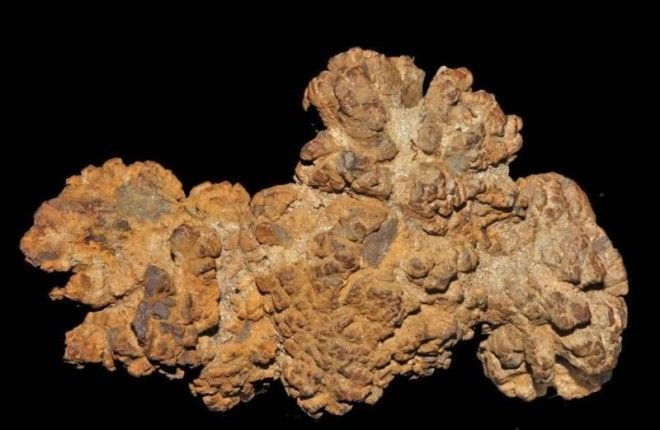

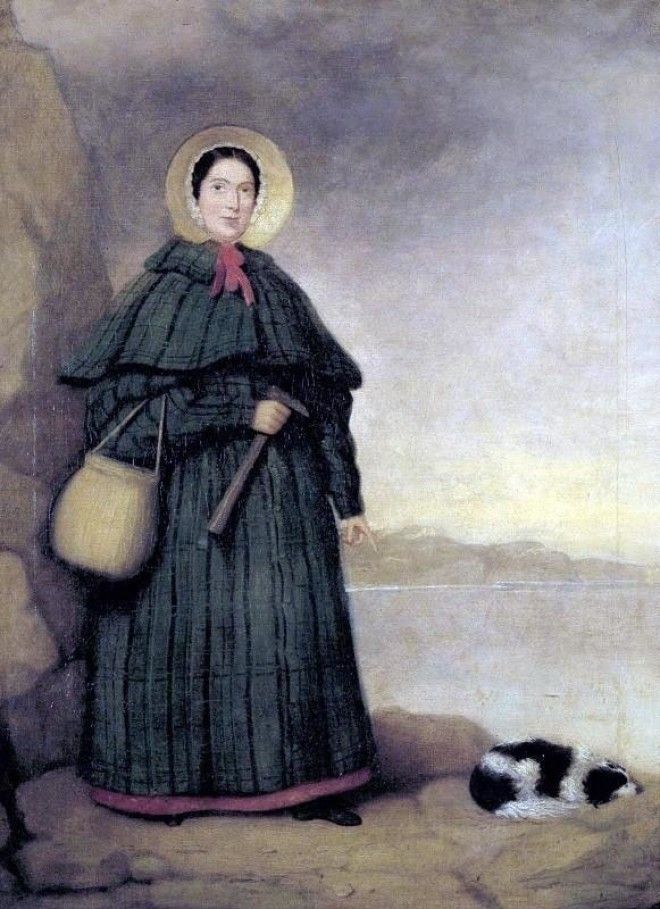
Some of the pioneering work in Jurassic marine life -- including the discovery of the first ichthyosaur and plesiosaur skeletons -- was done by English paleontologist Mary Anning. Sadly, her work was often overshadowed or outright stolen by the men working in her field.
Advertising
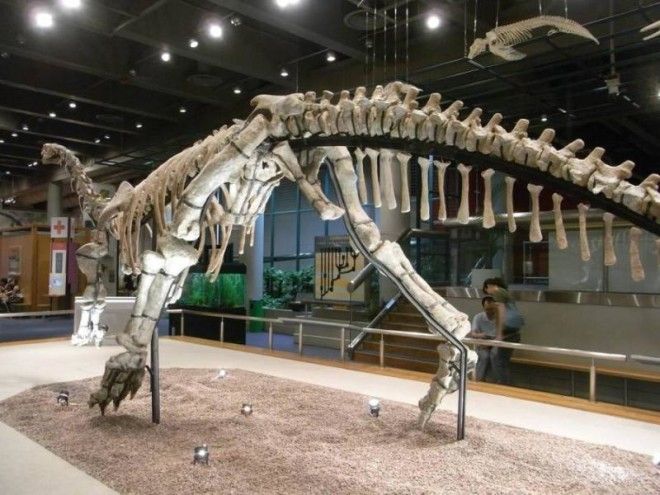
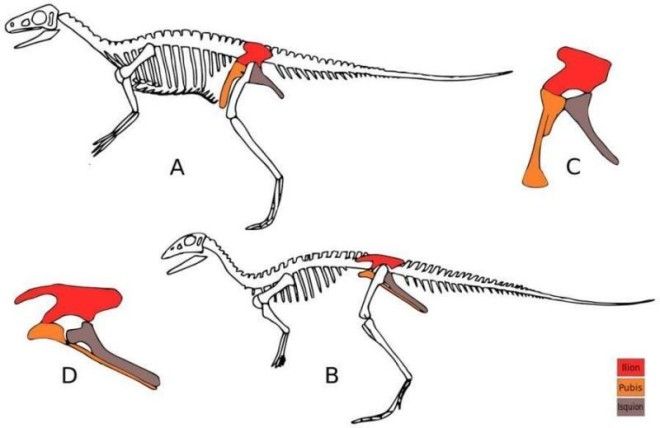
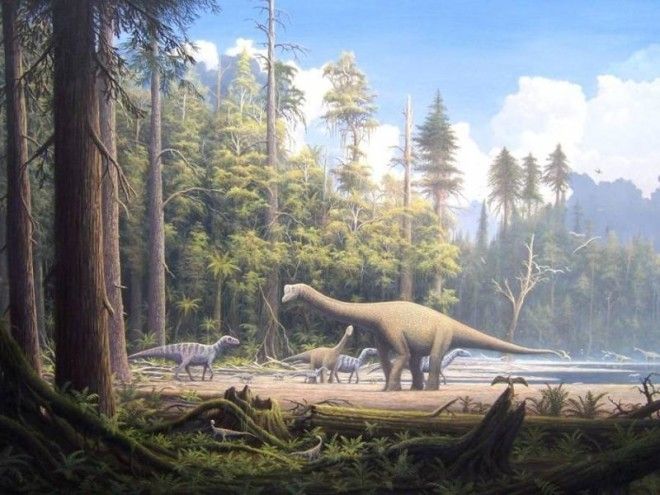

f 32
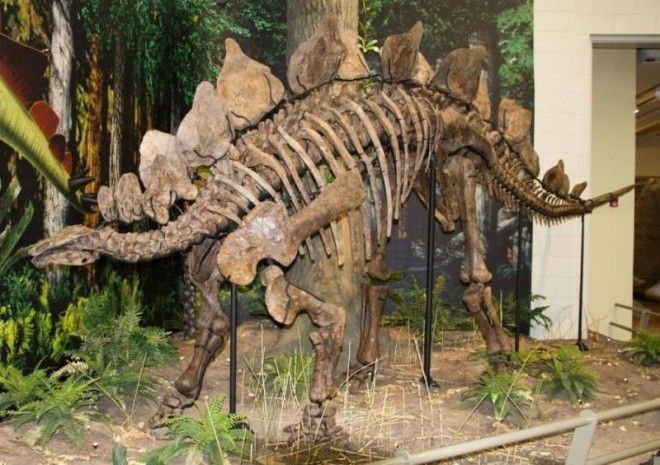
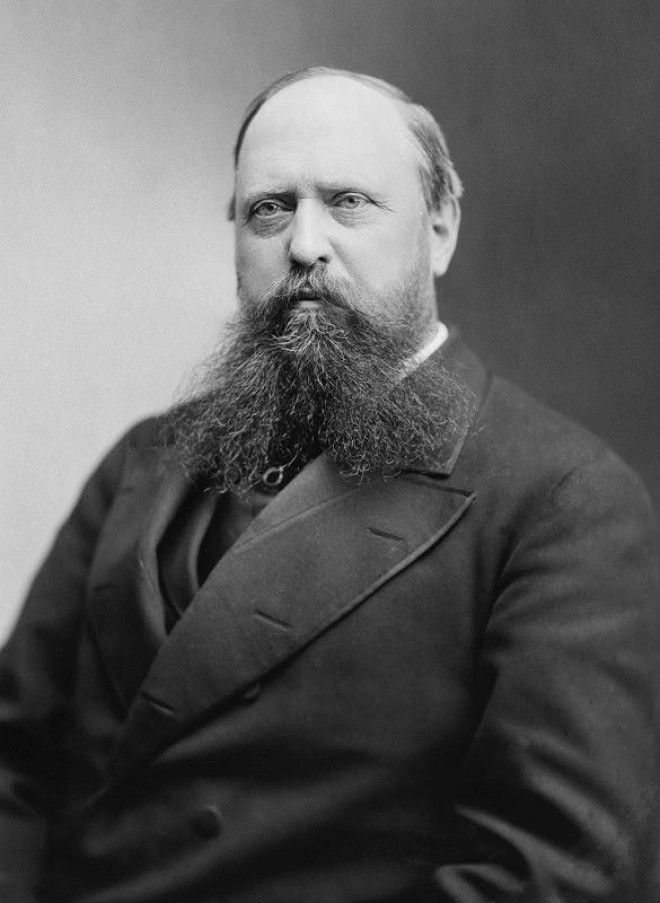
One paleontologist, Othniel Charles Marsh, theorized that dinosaurs — particularly Sauropods — had a second braincase located near their posterior. Scientists now know this fact to be false.
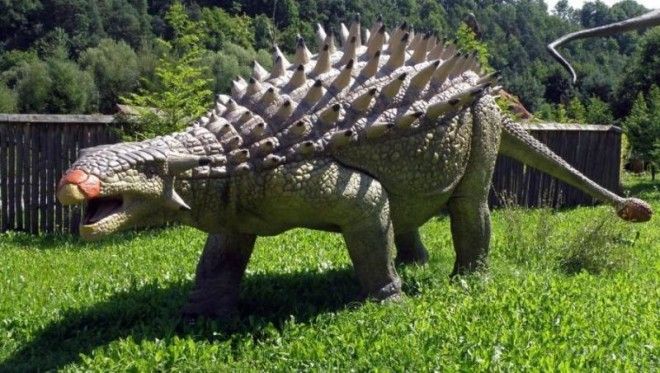
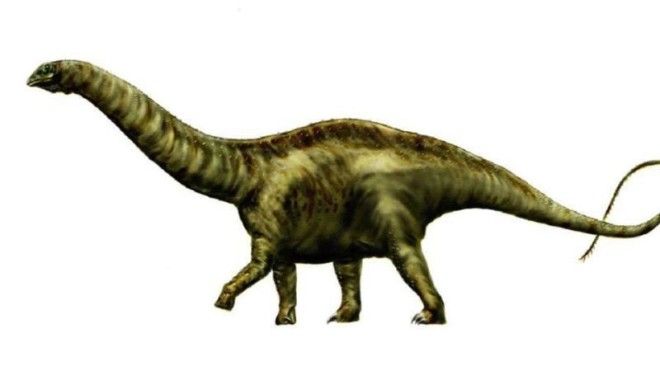

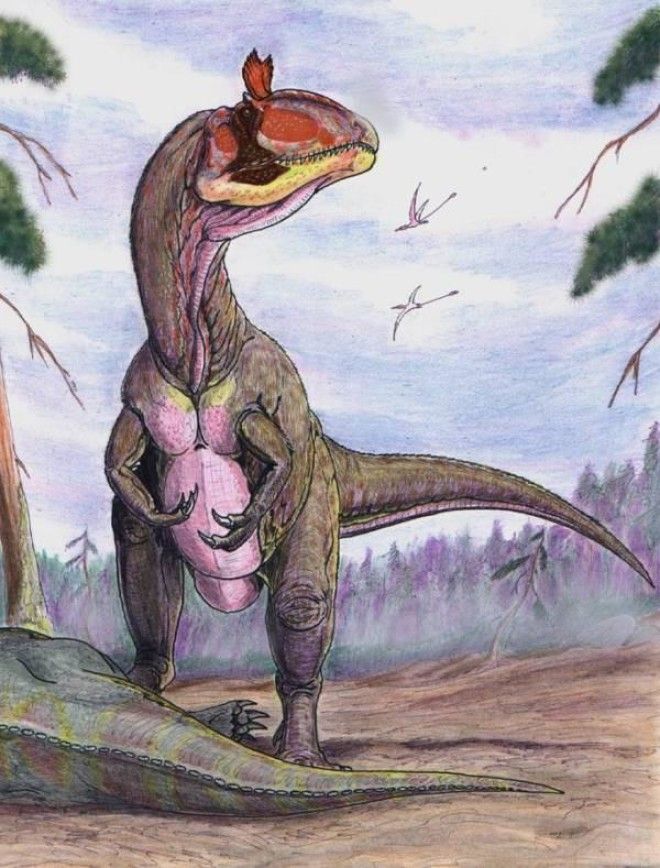
Many dinosaurs, like the massive predator know as Cryolophosaurus (above), were so equipped for the cold that they were able to live in Antarctica.
